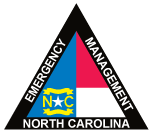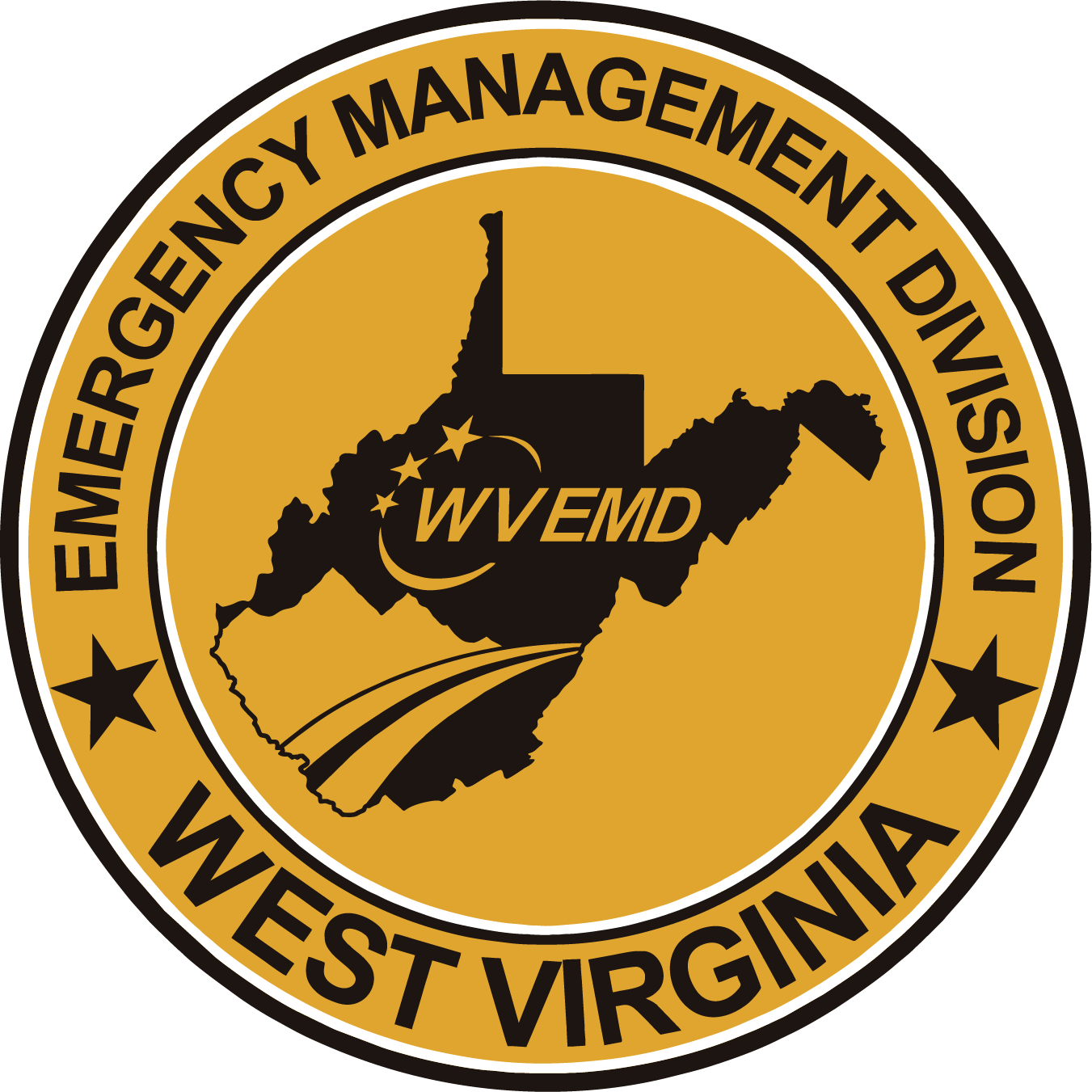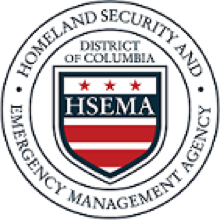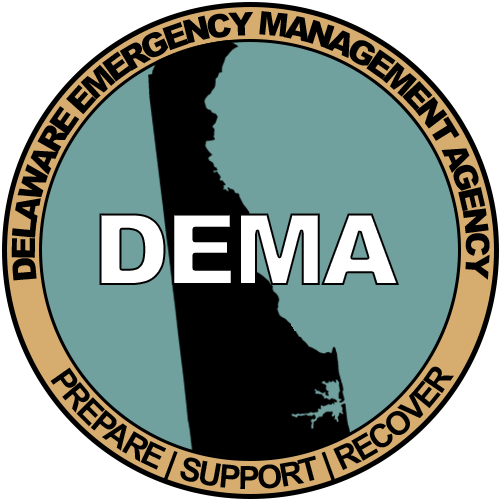- ▾ Other ShakeOuts ▾
- Alaska
- American Samoa
- Arizona
- British Columbia
- California
- Central U.S. (AL AR IA IL IN KS KY LA MO MS NE OH OK TN)
- CNMI
- Colorado
- Guam
- Hawaii
- Idaho
- Japan
- Montana
- Nevada
- New Mexico
- New Zealand
- NorthEast U.S. (CT MA ME NH NJ NY PA RI VT)
- Oregon
- Puerto Rico
- Quebec & Eastern Ontario
- SouthEast U.S. (DC DE FL GA MD NC SC VA WV)
- Texas
- Upper MidWest U.S. (MI MN ND SD WI)
- U.S. Virgin Islands
- Utah
- Washington State
- Wyoming
- Yukon
- Other Countries

Georgia
The Great SouthEast ShakeOut is a multi-state earthquake drill spanning much of the southeastern United States. ShakeOut activities for Georgia are supported by the Georgia Emergency Management Agency. Earthquake information for Georgia is provided below.
Points of Contact
Georgia Emergency Management Agency
Ginger Martin
Email: ginger.martin@gema.ga.gov
Phone: (404) 376-9489
Federal Emergency Management Agency, Region IV
Noriko Kibble, FEMA Region IV
Email: noriko.kibble@fema.dhs.gov
Phone: (770) 220-8870
PARTICIPANTS
people are currently registered to participate in this year's Great SouthEast ShakeOut Drill.
are from Georgia
Number of Georgia participants in each category
View names of participants:
Georgia EARTHQUAKE HAZARDS
The first earthquakes reported felt in Georgia were the great New Madrid series of 1811 - 1812. These shocks were felt over almost all of the eastern United States. In Georgia that series of shocks reportedly shook some bricks from chimneys.
The great Charleston, South Carolina, earthquake of 1886 caused severe shaking experienced in Georgia. On August 31 at 9:25 p.m., preceded by a low rumble, the shock waves reached Savannah. People had difficulty remaining standing. One woman died of fright as the shaking cracked walls, felled chimneys, and broke windows. Panic at a revival service left two injured and two more were injured in leaping from upper story windows. Several more were injured by falling bricks. Ten buildings in Savannah were damaged beyond repair and at least 240 chimneys damaged. People spent the night outside. At Tybee Island light station the 134 foot lighthouse was cracked near the middle where the walls were six feet thick, and the one-ton lens moved an inch and a half to the northeast. In Augusta the shaking was the most severe (VIII on the Modified Mercalli scale) in the State. An estimated 1000 chimneys and many buildings were damaged. The business and social life was paralyzed for two days. Brunswick and Darien were alarmed.
An earthquake on June 17, 1872, at Milledgeville, and had an intensity of at least V on the Modified Mercalli scale, the lowest intensity in which some damage may occur. It was reported as a sharp shock, jarring brick buildings and rattling windows.
On November 1, 1875, at 9:55 in the evening, an intensity VI earthquake occurred near the South Carolina border. It was felt from Sparatansburg and Columbia, South Carolina, to Atlanta and Macon, Georgia, from Gainesville to Augusta, and generally over an area of 25,000 square miles.
On March 5, 1916, an earthquake centered 30 miles southeast of Atlanta was felt over an area of 50,00 square miles, as far as Cherokee County, North Carolina, by several people in Raleigh, and in parts of Alabama and Tennessee.
An earthquake of intensity V or over occurred on March 12, 1964, near Haddock, less than 20 miles northeast of Macon. Intensity V was recorded at Haddock while shaking was felt in four counties over a 400-square-mile area.
Adapted from the US Geological Survey Earthquake Information Bulletin, Volume 3, Number 6, November-December 1971
Please visit the following links for more information:
Georgia Emergency Management Agency: http://www.gema.ga.gov/Pages/default.aspx
Georgia Dept. of Natural Resources: http://www.gadnr.org
Ready Georgia Badge: http://www.ready.ga.gov/About-Us/Get-the-Ready-Georgia-Badge
Ready Georgia Earthquake: http://www.ready.ga.gov/Stay-Informed/Earthquakes
Georgia Tech Earth Quake: http://geophysics.eas.gatech.edu/GTEQ/
USGS Georgia Earthquake Webpage: http://earthquake.usgs.gov/earthquakes/byregion/georgia.php












